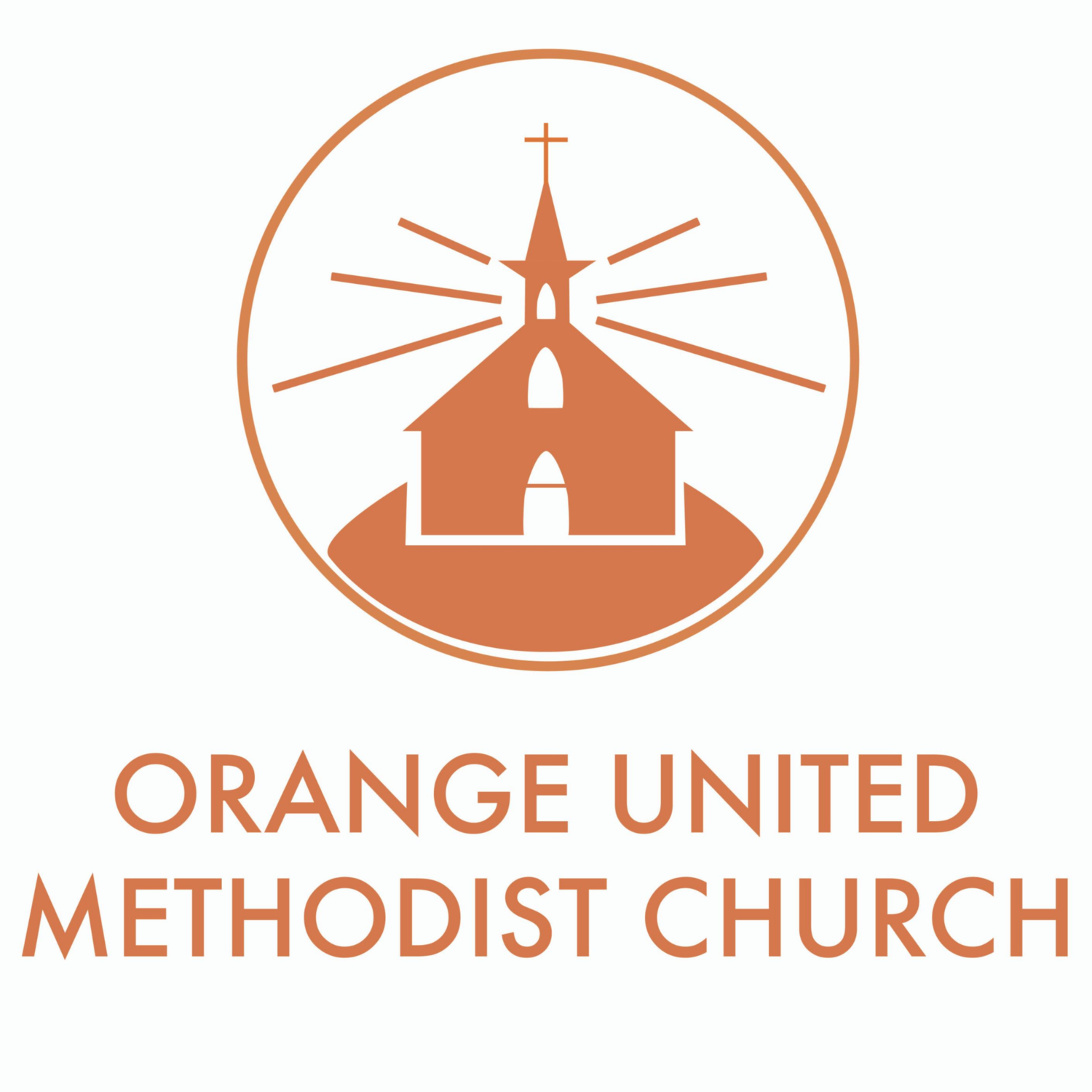Our Heritage and History
Orange UMC Sanctuary circa 1956
Before 1832, Methodists in Orange County worshiped at New Hope Presbyterian Church. In 1832, a small group of Methodists gathered under a cluster of grapevines near the location of today’s Orange United Methodist Church Sanctuary in northern Chapel Hill. At that time, the site was farmland located a long 3 mile journey from the town of Chapel Hill. Tradition holds that that event marked the formal beginning of a Methodist Church in Orange County. Naming the church “Orange” was appropriate because it soon found itself woven into the community’s fabric.
Alexander Gattis, Sr. and Thomas King, two of the church’s founders, each donated two acres of land. In its first 4 years, the small congregation met in houses and in the Davis School that was located near the present day site of Blue Cross Blue Shield in NE Chapel Hill. The congregation built, and lost to a fire, a log cabin for its use during that period between 1832 and 1836. In 1836, members built a one-room frame church building. Sam Gattis was the choir director. Reflective of small country churches at that time, the choir was made up mostly of Gattis family members.
Alexander Gattis, Jr. became the first Orange Church member to enter the ministry. He died at age 41 in 1859 and was the first person buried in the church cemetery. Orange has the only church cemetery in Chapel Hill. A few family names seen repeatedly in stone in the cemetery reflect the deep generational roots of many saints who have been cornerstones in the survival and growth of Orange Church. The cemetery also contains graves of enslaved individuals as well as University of North Carolina students who died during the 1918 flu epidemic.
A one-room school was built just northeast of the church at its property line in the late 1800’s. School administrators named it Orange Church School. Although no relationship existed between the school and church, the name reflected the close link between Orange Church and the community.
For nearly a century, church members met in their one-room frame building. A circuit-riding preacher would fill the pulpit, weather permitting. Otherwise, church members served in all worship roles including preaching. By 1924, one preacher served both Carrboro and Orange Methodist churches. Nearing the beginning of its second century of existence, Orange Church began to expand.
In 1924, church members helped construct the sanctuary that is in use today. In the beginning, it contained four Sunday school rooms, two in the front and two in the rear. In 1934, church members constructed the log cabin Hut that is still in use just south of the sanctuary. Members donated land, logs and labor to create the desired space for meetings and children’s church. In 1958, members helped construct the church’s first Parsonage, on Homestead Road west of the church, on land donated by the Link family.
With members’ help again, in 1965, the church constructed an Education building next to the Sanctuary. The following year, Orange was able to afford and thus received its first full-time Pastor, John Pascal, who remained there for 6 years. The Sanctuary was given a steeple and a porch in 1971. During the 1970’s, through donations of acreage from the Freeland family, the church’s property grew to 8+ acres.
In the 1950’s and through the early 1960’s, the congregation made continued efforts to bring in new people to membership. They visited nearby residences, many of which were occupied by students of the University, and knocked on doors to make invitations to come to Orange. For fund-raising at that time, one constant was the work of the women of the church in preparing suppers and selling meals to the community. In the early 1970’s, while Rev. Pascal served, the church “stopped feeding half of Chapel Hill on a regular basis” according to the official church history book. In place of so many fund-raising activities, the Pastor urged members to concentrate their efforts on one major event each year. That event became the annual Harvest Festival , and this tradition continued for 45 years.
Church growth continued through the 1970’s and 1980’s, with average worship attendance increasing from 100 to 230. In 1984, Orange embarked on a new and very important mission, one that still serves the surrounding community, when the church started the Pre-School program.
Stepping out courageously in faith in 1989, Orange combined pledges and borrowed funds to have the present Fellowship Hall building constructed. That provided much needed space for Sunday school, nursery, church office, a much larger kitchen, and the Hall itself with a capacity of 250+ people.
Members and visitors regularly come not only from all over Orange County but also from the neighboring counties of Durham, Chatham, and Alamance. The church’s property that began with 4 acres around a cluster of grapevines nearly two centuries before had expanded to a lovely 17 acres. To continue to grow in ministry, the church again stepped out in faith to hire contractors in 2011. That time it was to begin the first phase of its town-approved campus-wide master plan. A four-fold expansion of available parking plus the construction of a second Hut was begun for the purpose of drawing more members to this congregation and its ministries of welcoming, proclaiming, nurturing, encouraging, serving and sending.
Orange UMC was founded to be an integral part of the Orange County community. Situated on what now is a prominent site along the main north-south thoroughfare in Chapel Hill, it serves as a beacon of Jesus Christ’s love, recognized as such in the local community, and has been blessed to see its ministries reach well beyond Orange County to people in distant countries. Going forward, it prayerfully seeks to Gather, Grow, and Go to make disciples of Jesus Christ.


